 Music
Music
The 11 Best Records From 1991 That Aren't Called "Nevermind"
by Sam Sutherland
September 21, 2011
There’s a shadow hanging over 1991. A shadow in the shape of a buoyant naked baby and half-demolished Jag-Stang. A Diamond-selling, generation-defining sophomore full-length from a relatively unknown trio of punk outcasts called Nirvana, Nevermind rightfully dominates any discussion of the year in music. This week marks the 20th anniversary of the band’s major label debut and its unprecedented success, a milestone being celebrated with in-depth Jon Stewart interviews, a deluxe re-issue, and a dusk-til-dawn performance of its most powerful single.
But there were other important records that came out in 1991. As we move further away from their release, the discussion of that year—even the whole era—can easily become dominated by a single work. These records weren’t better or worse than Nevermind, but they deserve their own place in the cannon of early ’90s sonic greatness.
We asked a collection of Canadian musicians, journalists, and musician/journalists to weigh in on their respective personal favourites from ’91 (that weren’t called Nevermind). The results paint an engaging portrait of a genuinely exciting time in the evolution of popular (and unpopular) music, a time when labels went bankrupt producing shoegaze classics, hardcore kids were discovering the power of minimalist protest songs, and hip hop and jazz were colliding on a record that would help kick-start a second golden age.
They might not send the producers of the Daily Show into guest-booking hysterics, but they were important to their time, and remain important today.
 |
Born Against – Nine Patriotic Hymns for Children Released in early 1991 on Vermiform Records By Chris Hannah, guitarist / vocalist in Propagandhi Proportionally speaking—in terms of dollars spent in production and marketing vs. cultural impact—Nine Patriotic Hymns for Children was probably the most important white American music story of 1991. As the final decade of the millennium kicked off with a Gulf War, an Oka Crisis, a Rodney King beating, a dissolution of a Soviet Union and Garth Brooks selling more records than the Beatles, Born Against lobbed this little hand-grenade into the officers’ tent and an entire generation of disenfranchised rich kids cheered and wrote about it earnestly in their horrid zines. While vocalist Sam McPheeters has now taken to being clever and apologizing for everything the band did or said, Nine Patriotic Hymns was the Steal This Book of 1991. |
 |
Fugazi – Steady Diet of Nothing Released July 1, 1991, on Dischord Records By Vish Khanna, host on CBC Radio 3 Heralded by punk rock fans as the best and most influential band of their generation, Fugazi marked a stylistic shift with the heady, powerful Steady Diet of Nothing. Just as early ’90s rock production delved into dense, multi-layered sludge, Fugazi dialed back their inimitable roar to create a refreshingly dynamic, loud record. The taut rhythm section of Joe Lally (bass) and Brendan Canty (drums) cuts through crisply, while Ian MacKaye and Guy Picciotto’s snarling guitars are tastefully mixed and their impassioned vocals hit listeners directly, with, at that point, the most artfully rendered of their empowering protest songs. |
 |
Hole – Pretty On The Inside Released August 23, 1991, on Caroline Records By Nicole Villeneuve, AUX.tv News Editor I was only 10 years old almost exactly when Pretty on the Inside was released; its influence on me came later, but in the sheen of Courtney Love’s follow-up work and the tumult of her life, it would largely turn into a footnote amidst other notables of the early ’90s alt-boom. Produced by Sonic Youth’s Kim Gordon and musician/producer Don Fleming, Pretty was angry, subversive, and dissonant; deafening in more ways than one. It was maybe the closest we ever got to the real Courtney, and though she’s steadfastly made a legacy of Pretty’s bold imperfections, maybe it’s the closest she ever got, too. |
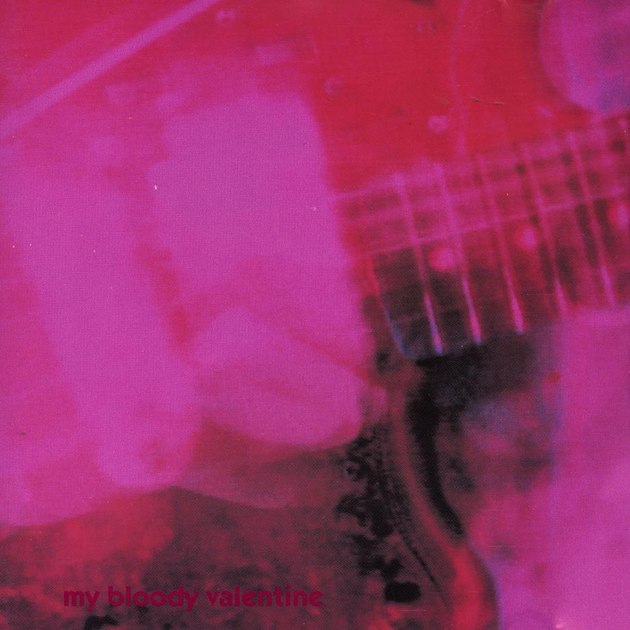 |
My Bloody Valentine – Loveless Released November 4, 1991, on Creation Records By Don Pyle, author of “Trouble in the Camera Club,” producer, musician Expectations weren’t exactly high for new My Bloody Valentine music based on the post-Jesus and Mary Chain sounds they’d put out so far. I was hardly prepared for what I heard over the line when a drunken friend called in the middle of the night from Scotland to play me MBV’s just-released Tremolo EP. What a perplexing, exhilarating setup for the shockingly brilliant LP Loveless soon to follow. In 1991, sampler memory time was so limited and premium that kicks, snares, orchestral stabs and silly film dialogue snippets were mostly what they were used for. Multiple guitar and feedback squalls being sampled, sequenced, and layered was an unheard sound. Enormous creativity and labour were there in equal measure, in dreamy vertigo-wobbly song forms that made you ask “What is that?” at every turn. How did they make that sound? What is that instrument even? Like all great pioneers that immediately are able to explore the furthest reaches of any new technology, My Bloody Valentine made the most original album of its day. Even now, the machine gun snare leading into opening track “Only Shallow” unnerves like a stormbringer, a mass of insects and hurricane clouds that blacken the skies with mood and feeling. |
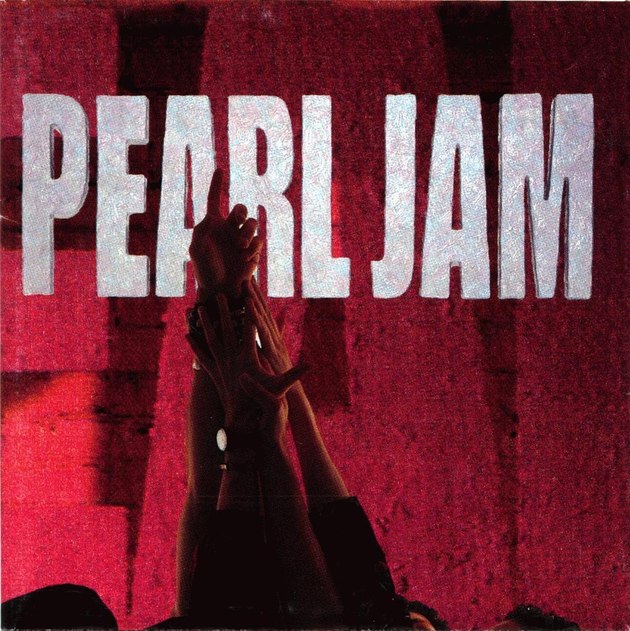 |
Pearl Jam – Ten Released August 27, 1991, on Epic Records By Lindsay Gibb, editor of Broken Pencil Ten was a landmark album in my life. Mostly because it hit at a transitional period for me: age 12, the time when I was figuring out who I was and what I liked. It was the perfect hormonal, almost-teenager album: anthemic and full of drama and brooding (just like a pre-teen!). What made it stick is that I had no context for it. I didn’t like (or know much about) its influences (Stevie Ray Vaughan, Led Zeppelin) and I never cared for what it spawned. When I hear it now I don’t really hear music, I feel a period in time and see me constructing my identity. So many other bands with albums released in 1991 stand the test of time better than Pearl Jam, but when I hear Ten, I’m immediately 12 years old again, pressing my ear up to my stereo, hitting rewind to listen to “Black” over and over. |
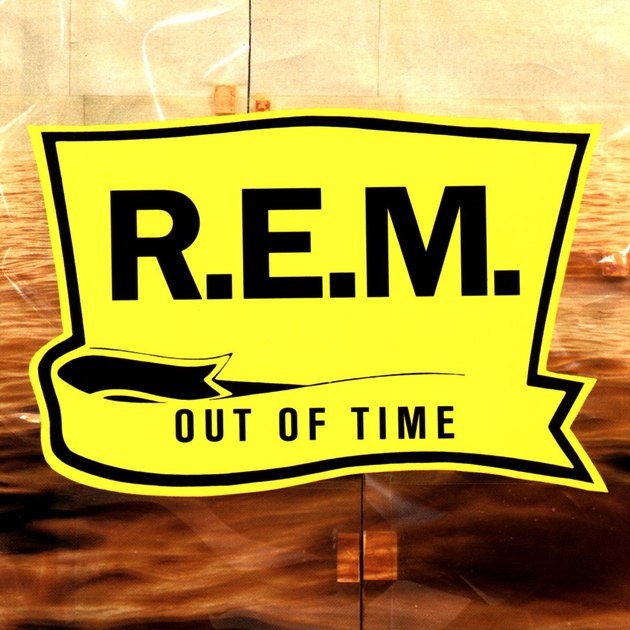 |
R.E.M. – Out Of Time Released March 12, 1991, on Warner Bros. By Simone Schmidt, vocalist in One Hundred Dollars I was six. Shared a room with an R.E.M. fan. The lyrics of Out of Time were formative descriptors for my life from 1991 on: the approachable “Shiny Happy People,” the ever resonating “Losing My Religion,” my friend in insanity “Country Feedback,” break-ups to “Me in Honey,” first raps and denunciation of mass culture as KRS-One spits on “Radio Song,” and on and on. For the broader musical consciousness, the record was influential as it integrated hip hop, country, rock and orchestral music, and collaborations with B-52 Kate Pierson and KRS-One all in the same work, without being a shitty mess. |
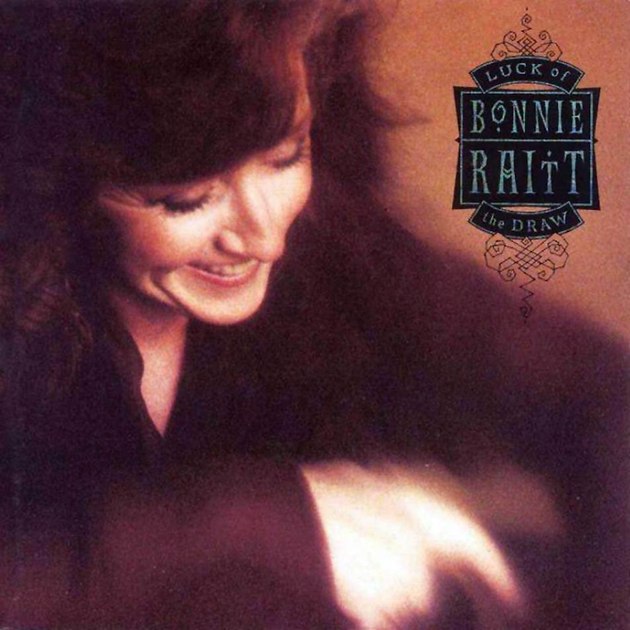 |
Bonnie Raitt – Luck of the Draw Released June 25, 1991, on Capitol Records By Shad Kabango, solo artist I’ve been happy to see acts like Adele, Chromeo, and Bon Iver champion their blue-eyed soul forefathers to a generation that might vaguely remember the chorus to “The Living Years” by Mike and the Mechanics, but has no idea that the track is totally crazy. If you sleep on Luck of the Draw, first of all, you’re missing out on “I Can’t Make You Love Me”—which the Don Justin Vernon lovingly paid homage to—but nothing can replace the straight-up miraculous performances of Hornsby and Raitt on keys and vocals respectively. Bonnie Raitt is just a bad woman. |
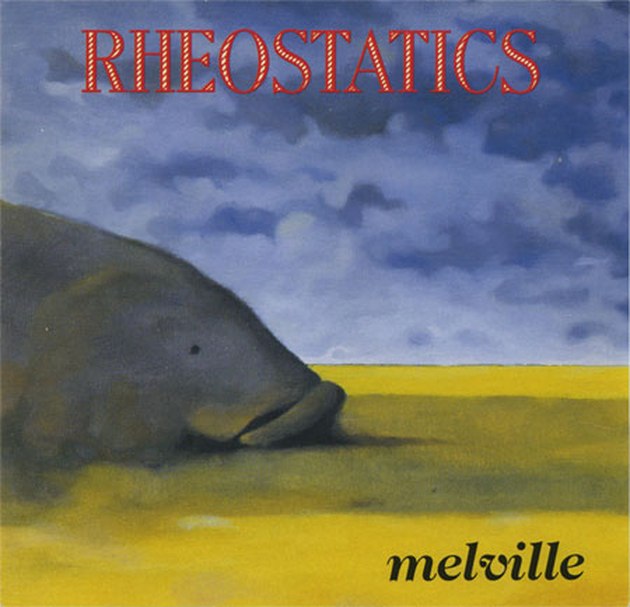 |
Rheostatics – Melville Released in early 1991 on Green Sprouts Music Club By James Keast, Editor-in-chief of Exclaim! Magazine Melville, the sophomore album from the Rheostatics, a quartet of suburban Toronto kids with an equal love of Television, Talking Heads, the Ramones and Gordon Lightfoot, does not try to convince audiences of its Canadian-ness. Sure it name drops various national landmarks, includes an earnestly sung French number and features a cover of the iconic “Wreck of the Edmund Fitzgerald.” But unlike Canadian bands of the 1970s and ‘80s—who sought respect and success on an international scene by playing by those rules and succeeding in a mainstream rock context—the Rheostatics were the first band who reflected an unfamiliar Canada back to their audience. Their suburban backyard featured alien invasions (“Aliens (Christmas 1988)”); their high school experiences had a dark, noir-ish tinge (“Record Body Count”); and yet their visions of Canada range from the landscapes of the Group of Seven to the dive bars of Queen West. They treated rock like art, treated Canada as worthy of its own myth-making, and helped us see our nation through a brand new lens. |
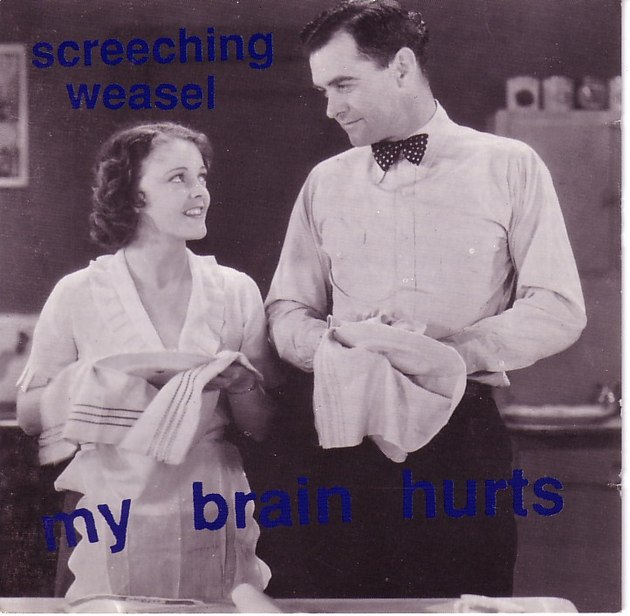 |
Screeching Weasel – My Brain Hurts Released November 25, 1991, on Lookout! Records By George Pettit, former vocalist for Alexisonfire When I was 15, my parents put me in charge of painting the garage one summer. This sort of task was a huge drag for any suburban teenage punk who would rather be brewing bottle tokes in the woods behind the middle school with their reprobate friends. To make the task bearable, I got my CD boom box and a few extension cords together and listened to My Brain Hurts by Screeching Weasel on repeat. This record encapsulated everything that I was at the time. The album is mostly goofy songs about girls with a tinge of social commentary in regards to the mutual exclusivity of science and religion. If you can think of a better image to describe the woes of suburban teen punks, I fucking dare you to try. |
 |
Skid Row – Slave to the Grind Released June 11, 1991, on Atlantic Records By Carla Gillis, guitarist / vocalist in SISTER, freelance writer, former Plumtree member Fans of Skid Row’s pop-metal debut album weren’t expecting the blow to the skull that was their follow-up. Inspired in part by Pantera, the New Jersey bad boys (and that stunning, bratty Canuck with the huge pipes) swerved into far heavier terrain, inching toward thrash on several tracks while never sacrificing tunefulness or songwriting smarts. Even the three power ballads shirk convention by having lyrics so dark they chill rather than melt your heart. It went two times platinum, but it also arrived a few months before Nirvana’s Nevermind, which took down mainstream metal so fast that few of the genre’s bands—including Skid Row’s classic lineup—survived. |
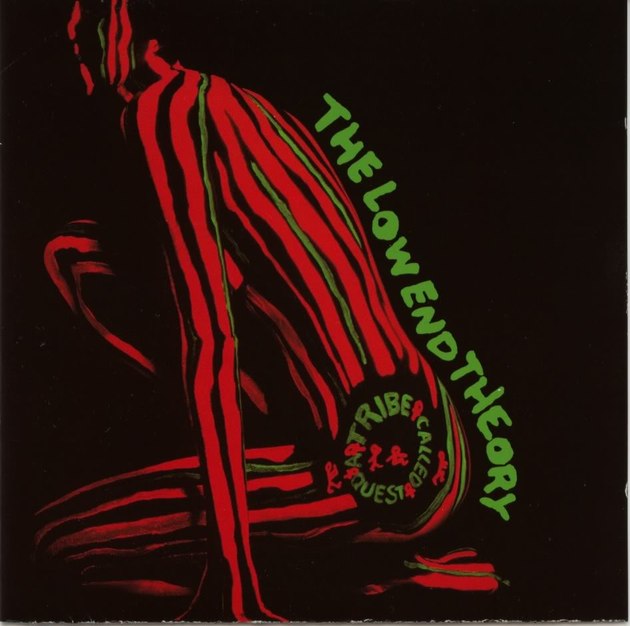 |
A Tribe Called Quest – Low End Theory Released September 24, 1991, on Jive Records By Odario William, frontman for Grand Analog A Tribe Called Quest’s Low End Theory was released September 24, 1991, the exact same day as Nirvana’s Nevermind. As kitsch as “nineties music” appears to be in retrospect, 1991 was a great year for music. Black America (New York in particular) was in the heart of its Afrocentric movement and creative rebellion. Although 1993 and 1994 still hail as the best years in hip-hop (with massive releases by Nas, Biggie Smalls, Wu-Tang Clan, Snoop Dogg, Beastie Boys, Digable Planets and Tribe’s classic Midnight Marauders), Low End Theory positions itself as the culture’s trailblazer of the Golden Age. Musically, the album’s cadence has hints of playful old-school ’80s rap, but sonically it was a fresh look into the future and raised the bar on the art of sampling. To this day, no other rap producer has drums that sound as good as Tribe, except for the late J Dilla (who was once a part of Tribe’s production team). In those days sampling was mandatory and rap music depended heavily on funk breaks and soul snippets. Tribe decided on a new and personal approach of sampling jazz records; bass legend Ron Carter was also invited to play live on the record. In my opinion, Low End Theory is the bridge between New York Jazz of the late ’60s and New York Hip-Hop of the early ’90s. It introduced Jazz culture to a new generation, and paved the way for hip-hop favourites such as Mos Def, Madlib and Kanye West. Low End Theory is arguably A Tribe Called Quest’s best work. If it wasn’t for this album, I wouldn’t have the Jazz vinyl collection I pummel for today. I learned a lot from discovering this record. |
Tags: Music, Lists, News, a tribe called quest, Alexisonfire, bonnie raitt, don pyle, grand analog, Hole, Led Zeppelin, Nirvana, Pearl Jam, plumtree, Propagandhi, rheostatics, screeching weasel, Shad, Skid Row, Stevie Ray Vaughan





